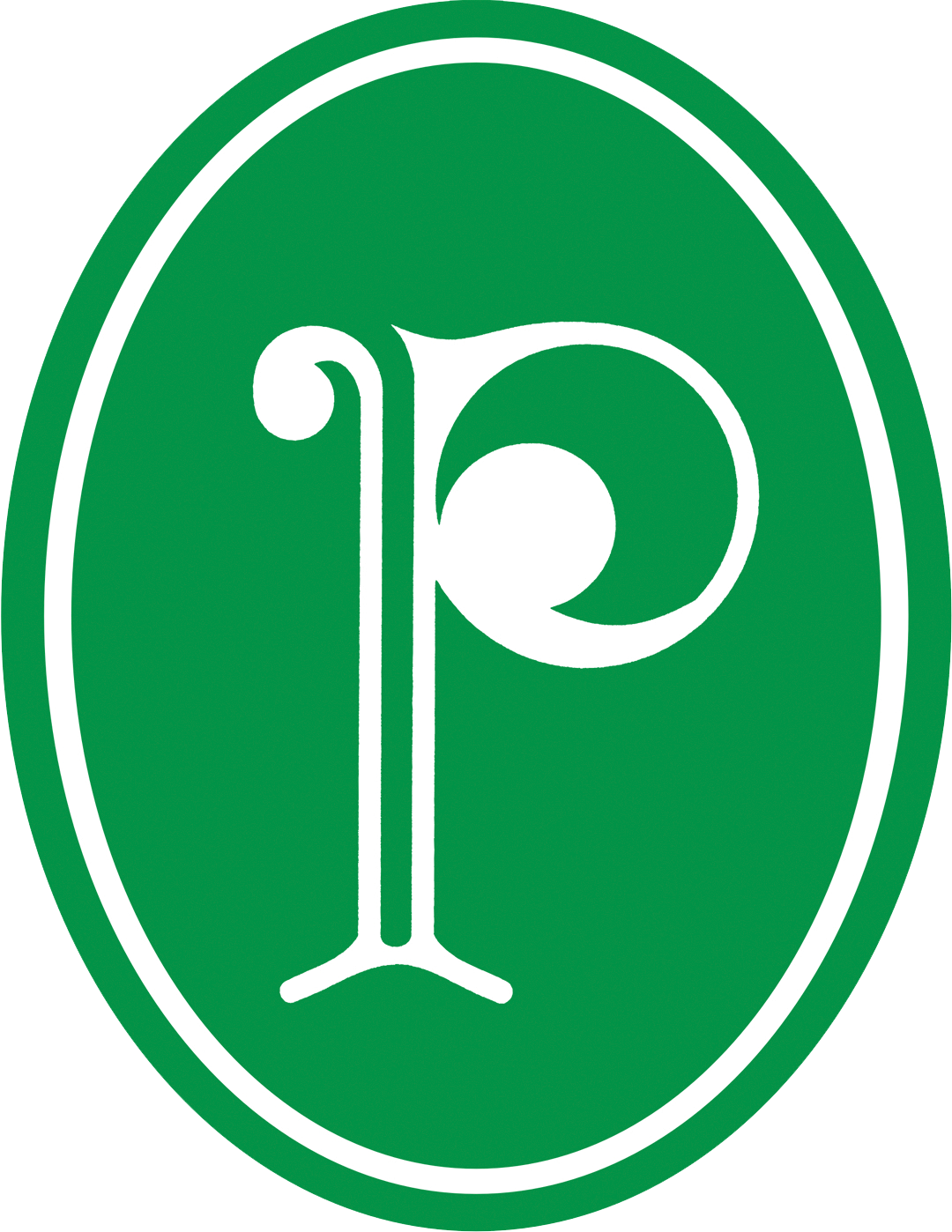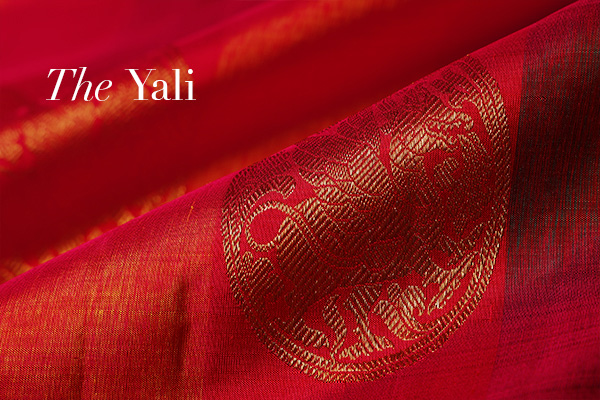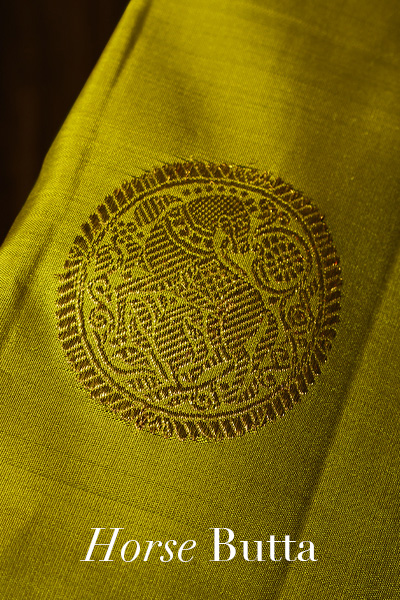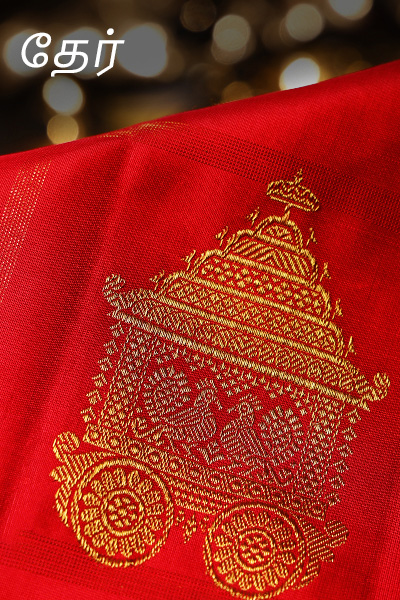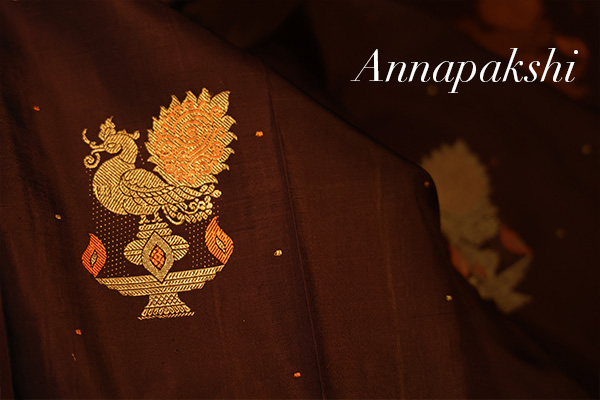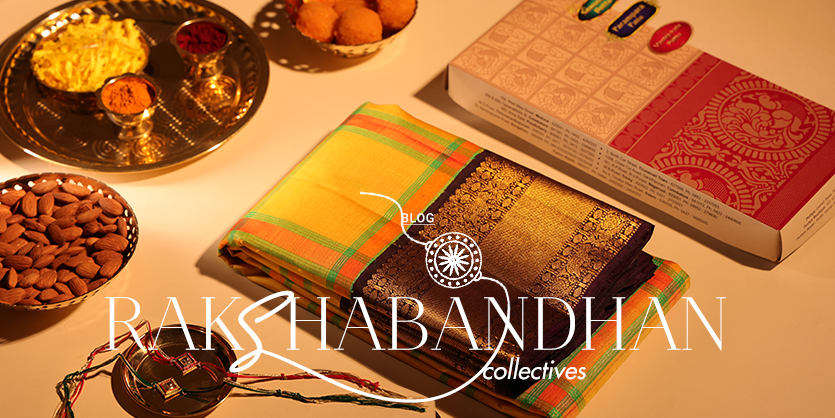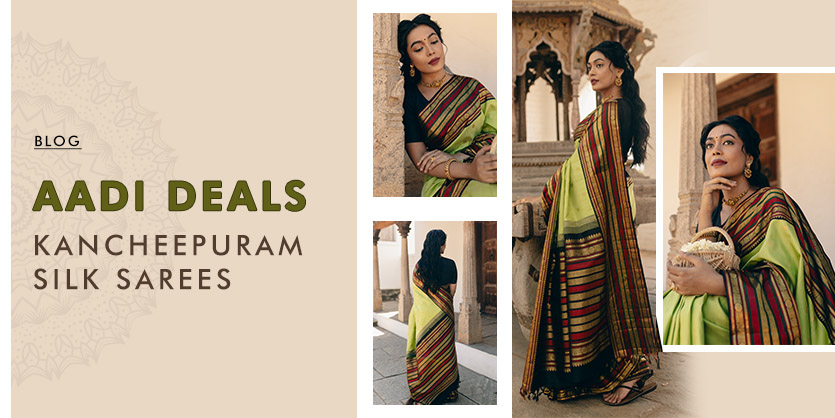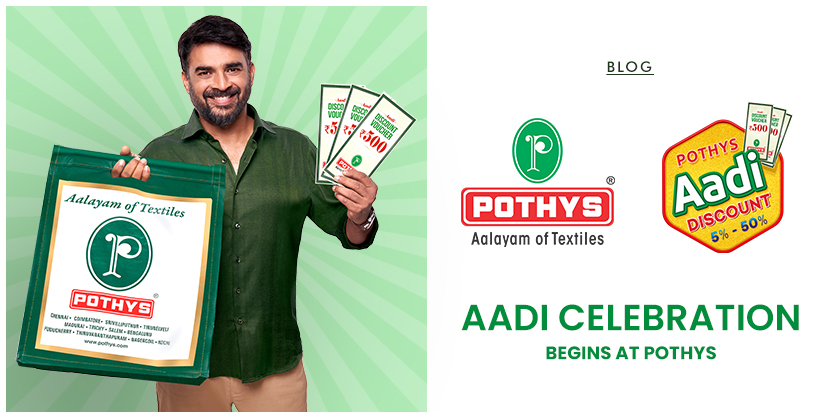
The chronicles of Motifs
The invigorating designs in the sarees always makes us wonder about its origin. There is something unique and special about every motif and how it was actually made. When you get to know about the actual fact behind it, it will inspire you all the more and give you pride about what you are wearing and why it looks so gorgeous. So sit back and read along to find out about the chronicles of prints and patterns that you find on your sarees.
The Annapakshi that you find on your silks sarees is a mystical white bird which has the body and beak of a swan while its beautiful plumage resembles a peacock. It is a mythical bird that was believed to have descended straight from heaven. A beautiful bird that symbolizes prosperity, purity, and divinity, the annapakshi is said to have the ability to discriminate between milk and water. When offered a mixture of milk and water, the bird can drink the milk, while leaving behind the water, symbolizing choosing truth over falsehood. The annapakshi is a popular motif in India. It’s used on brass lamps and artifacts, on silk sarees and fabrics, and on wood and stone carvings.
A lot goes into the making of traditional Kalamkari sarees. The term Kalamkari is derived from two Persian words; ‘kalam’ (pen) and ‘kari’ (craftsmanship). Kalamkari art is made through an intensive and highly sophisticated process that involves several steps. Kalamkari art came into existence through travelling folk singers and painters. Today also, the art is being followed with the same manual techniques and dedication. A notable fact is that only natural dyes are used in the striking designs of kalamkari painting.
Fashion in the last few years has given importance to old world charm, especially in India where designers are getting in touch with the old roots and heritage that goes into popularizing Indian culture and arts in India, and across the globe. The Peacock motif has the old world charm which continues to make any saree, dress or bag a style statement while exhibiting ethnicity and tradition. A saree or a lehenga embellished with a peacock motif or feathers can make you stand out in a crowd since it gives a royal and a prestigious appeal. Weddings or any occasion that requires you to be dressed up to the nines would go best with the gorgeousness of the peacock motif. The feathers of a Peacock are most commonly used as an accessory and have been for centuries considered a sign of nobility and prestige. In today’s modernized world of fashionable tastes, the Peacock motif is viewed as an elegant vintage ornament.
Combinations of black and white on saris in the form of checks or stripes highlighted with contrast borders, are also popular and striking in visual effect. “Palum Pazhamum” (or milk and fruit, named after a film) checks on kanjivarams have always been a timeless and elegant design trend that never went out of style. From ancient Rome, through to Versailles and more recently Hollywood, the checkerboard design of floor tiling is everywhere, and closer to home, most famously in Karaikudi. No wonder it finds a place on sarees as well!
Brocade work is known for its rich look and use of luxurious threads. Brocade fabric sarees have a multifaceted weaving pattern, which is done by twisting and transfixing pattern threads between a warp. Interestingly, this weave uses threads like gold, silver silk and even cotton. When threads are woven into six yards of cloth, the magic it creates is known as Brocade fabric sarees. The complete handwork has interesting patterns and royal imagery. While these sarees tend to be worn on special occasions, the fine brocade work being done makes it an heirloom treasure to possess. Originating from Banaras, ornamental weaving is supplementary to thread weaving.
Give a missed call to 1800-315-3131 (All India) or get in touch with us on +91 9620955555 (Bangalore) and +91 9176833316 (International customers) to shop with us from the comfort of your home. Our sales representatives will walk you through the store virtually!
